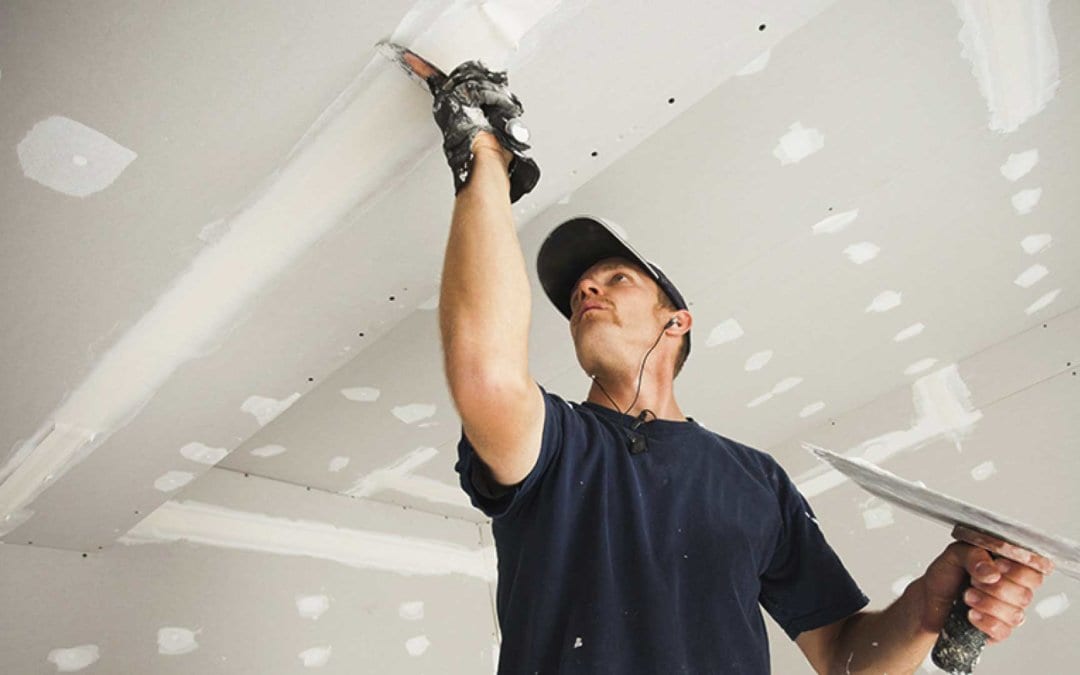This Article By Tim Smith
Repairing Small Holes
Every homeowner has run across a hole in a wall that needs to be repaired. These holes can range from nail size to fist size, and sometimes much larger. The basic principle of repairing all of these holes is pretty much the same.
Repairing Small Holes
For small holes, the task is quick and easy. You will need a putty knife, lightweight spackle, some sanding paper or a sanding block, and paint that matches the wall you are repairing. After you have identified the hole, you will want to put a little spackle on your putty knife. Using the putty knife, press the spackle into the hole.
Then use your putty knife to wipe away the excess spackle so that it is as close to flush with the wall as possible. Allow the spackle to dry. Then use your sanding block to sand down the dried spackle until it is flush with the wall. Finally, cover the spackle with paint to match the wall and allow the paint to dry. The hole should have virtually disappeared.
Repairing Medium Holes
For holes that are bigger than a nail, but smaller than a fist, you can use the same method as repairing a nail hole. You will just need one extra material and one extra step. So, to fix the medium size hole you will need a putty knife, lightweight spackle, some sanding paper or a sanding block, and paint that matches the wall you are repairing, and a drywall mesh patch to match the size of the hole or drywall mesh tape.
After identifying the hole, take the drywall mess patch or tape. It should have a sticky side. With the sticky side facing the wall, cover the hole and press the patch or tape to the wall until it sticks. Now, you will use that mesh to replace the missing drywall.
Simply take the spackle from the tub with your putty knife and cover the mesh with the spackle. It is okay to cover some of the walls as well, you will be sanding the spackle down after it dries. Wait for the spackle to completely dry and sand the spackle until it is flush with the wall. If you see mesh through the spackle once you have sanded it, apply more spackle, allow it to dry, and sand again. Once you have it sanded down and no mesh is showing, you can paint the wall and allow the paint to dry.
Repairing Large Holes
This size is a little more complicated. For this, you will need a putty knife, lightweight spackle, a piece of drywall, a sanding block or paper, drywall screws, a corded or cordless drill, a utility knife, drywall mesh patch or tape, and paint that matches the wall that you are repairing. For larger holes, you will want to add drywall where the hole is because the mesh will not hold larger areas.
In order to do this, you will need to make sure that you have a stud to anchor the new drywall to. If you do not see a stud through the hole use your utility knife to cut away some of the surrounding drywall until you do. If the hole is in the center of the studs, you may need both studs to anchor the new drywall.
After you have found the studs you need to anchor to, grab your drywall and cut it into the shape of your hole, but a bit smaller so that the new drywall fits inside the hole. Make note of where your studs are. If you do not want to cut back to the studs, you can use a scrap 2×4 and anchor it into the wall using the existing drywall (see picture below).
Once you have the new drywall in the hole, mount the drywall to the studs using the drill to drill in your drywall screws. Sink them into the drywall if possible so that they are easily covered by the spackle later.
Once you have your new drywall in place, use your drywall mesh patch or tape to cover the gap between the new and old drywall, just as you would if repairing a medium size hole (explained above).
Then, using your putty knife, take some spackle and cover the mesh, drywall screws, and any other small holes. Allow the spackle to dry. Using your sanding block or paper, and the dried spackle until it is flush with the wall. Repeat spackling step if you still see holes, mesh, or drywall screws. Once sanded and no holes or objects are showing, paint over your spackle and new drywall and allow it to dry.

